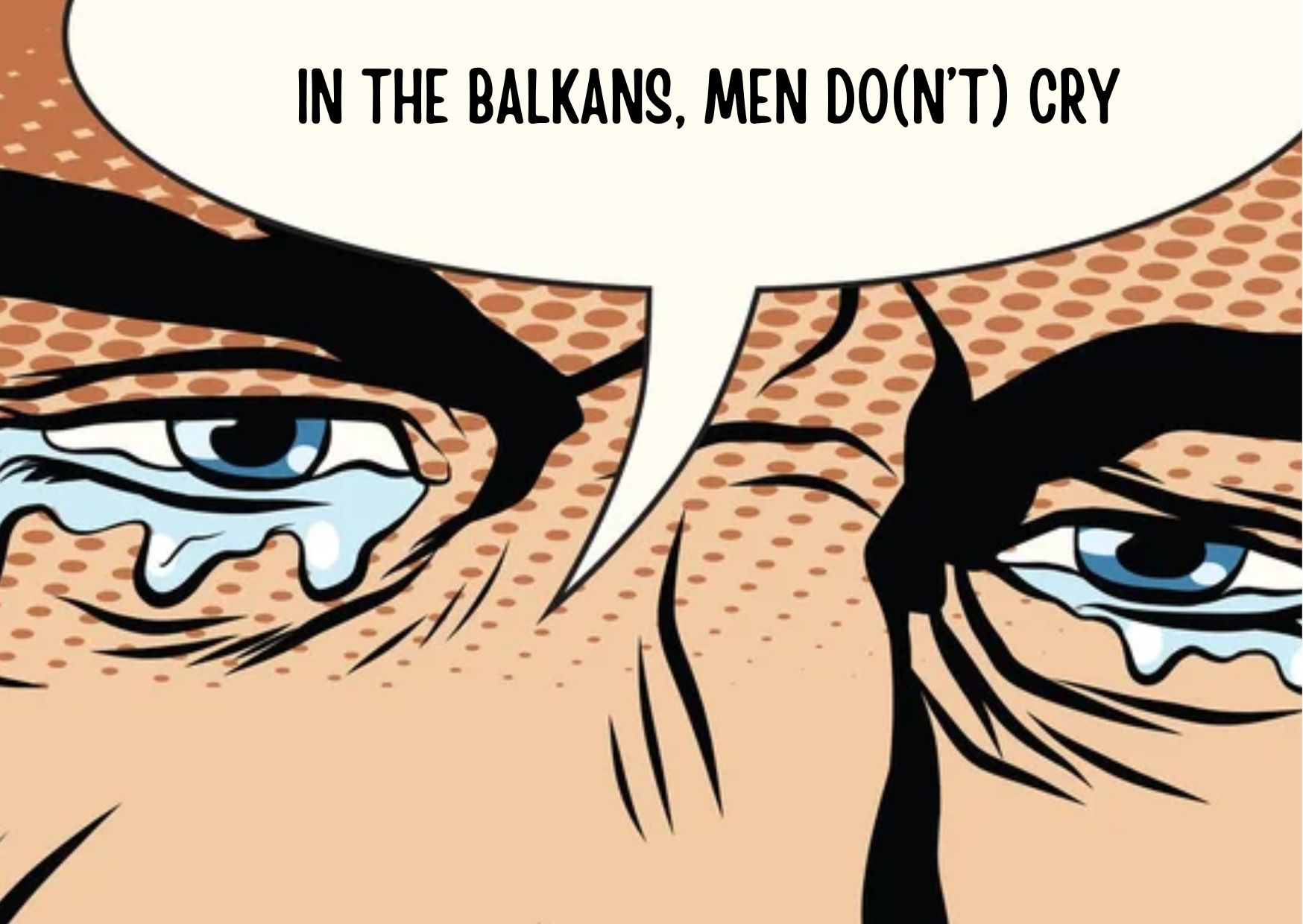If you have children or younger siblings aged between 10 and 18 years old and you would like to take them to the theatre to see a play, your choices are very limited in a bigger city, while if you live in a smaller town, the choice is almost nonexistent.
According to the official results of “Comparative research on cultural expenditures in Southeast European places and their capital cities,” in the research period between 2015 and 2019, Serbia has had the least cultural expenditures in the region. In comparison to Croatia, which allocated 0.88% of its budget, Montenegro, which allocated 1%, and the Republic of Slovenia, which allocated 1.68%, Serbia only allocated 0.74% of its budget for culture.
As reported by the research conducted by the platform “Od malih nogu” on the state of the children's and youth theatre sector in the region and the opportunities for its development and improvement, we conclude that in addition to the very low cultural allocations, investments in theatres for children and youth are even lower. In Serbia, funding for theatres meant for children and youth is three times less than that for adult theatres. The number of theatres for children and youth in Serbia is 30% smaller compared to adult theatres, therefore one of the most common reasons why institutions neglect youth theatre is because they consider it to be unprofitable.
Theatre, as one of the oldest and most significant art forms, is essential for the development of every individual as well as the overall society. In Serbia, there is generally a lack of awareness regarding the importance of theatre, and a very small percentage of people actually attend the theatre regularly.
While on the one hand, we have theatre for children, and on the other hand, theatre for adults, theatre for young people remains almost neglected. In Serbia, it is only recently that productions specifically aimed at adolescents have started to appear in theatres, providing them with content that addresses their own issues and the challenges they face.
Sava Stefanović, the producer in The Youth Theatre in Novi Sad, claims that is the most challenging audience to satisfy. “In Serbia there is no theatre focused on that age range and that is the most vital part of the theatre audience and it gets the least of attention. Not because someone doesn’t want to work, but because the theatres are mostly made so they cater children or the adults. In 21st century it is really hard to find topics that will attract young people in middle and high school to come and watch a play in theatre.”
The biggest issue in this situation is the fact that the youth is not even being asked about their interests, therefore there is not much research conducted on the subjects of their interests. On the other hand, in a study on the impact of children’s theatre on upbringing, education, and the development of critical thinking in children, it was concluded that “watching theatrical performances by the youngest audience helps them perceive social relationships, distinguish between good and bad, what’s important and what’s not, and also contributes to their emotional development and the development of their investigative potential”.
Divna Stojanov, the playwright, thinks that it’s hard for young people to develop an interest in theatre because the majority of the production simply do not resonate with them: “It is foolish and unfair to expect a person who, in their childhood, last saw a production of, for example, Little Red Riding Hood or Pinocchio, to come to the theatre to watch Shakespeare, Nušić, or a contemporary drama performance 10 to 15 years later. For an entire decade, if not more, a person has almost nothing to see in the theatre, so why expect them to return to the theatre later on? During their teenage formative years, preferences are developed, habits are formed, and interests are chosen, which are nurtured and maintained in adulthood.”
While the institutions fail to provide sufficient funding for children and youth theatre, universities, as places that educate future theatre creators, are also part of this problem. Sava Stefanović is under the impression that the way theatres and schools approach creating content for youth need to change: „The schools that educate the future playwrights, actors, and directors should change the way they approach learning in order to be able to create about these topics.”
There is no subject at universities that deals with the creation of performances intended for children and young people. When asked about the issue of educating young people on the creation of theatre for youth and the lack of it, multiple members of staff on The Faculty of Dramatic Arts in Belgrade chose not to answer the questions about this topic.
There is no way for younger playwrights to learn by example if there is no one to teach them beforehand. The lack of education in this field and the lack of financial support contributes a lot to young people not having accessible plays meant for their own age.
Despite the lack of plays for young people, there are theatre festivals in Serbia that make an effort to bring theatre closer to the youth. One of them is the theatre festival “Upad” initiated by The Student Cultural Center Novi Sad. The festival’s program is selected by young people, and tickets to all performances are free for students. Another such festival is the Pozorišni OFFestival, which is a festival of socially engaged theatre for young people held in Novi Sad.
While the situation in Novi Sad, Belgrade, and some other cities is unfavorable, it is not the worst. In some cities in Serbia, there is no theatre at all. One example is Vranje, which did not have a theatre from 2012 to 2021. During that time, almost an entire generation of children and young people missed the opportunity to become acquainted with the beauty and importance of theatre.










